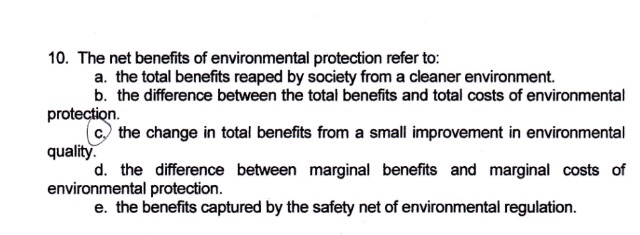Environmental Preservation: Sustaining Our Planet for Future Generations
Environmental Preservation: Sustaining Our Planet for Future Generations
Environmental preservation is a critical imperative as our planet faces unprecedented challenges related to climate change, pollution, and resource depletion. Discover the profound benefits that environmental preservation brings and how adopting sustainable practices, such as solar energy, contributes to safeguarding the Earth for future generations.
The Urgency of Environmental Preservation
The need for environmental preservation has never been more urgent. Climate change, loss of biodiversity, deforestation, and pollution pose significant threats to ecosystems worldwide. Taking proactive measures to preserve the environment is essential to mitigate these threats and ensure a sustainable future.
Biodiversity Conservation and Ecosystem Health
Preserving the environment is synonymous with conserving biodiversity. Diverse ecosystems contribute to the health and resilience of our planet. By protecting habitats and minimizing human impact, we safeguard the countless species that play vital roles in maintaining ecological balance and supporting life on Earth.
Combatting Climate Change Through Sustainable Practices
One of the most pressing global challenges is climate change, driven primarily by human activities. Environmental preservation involves adopting sustainable practices to reduce greenhouse gas emissions, promote carbon sequestration, and mitigate the impacts of climate change. Embracing renewable energy sources like solar power is a key strategy in this effort.
The Role of Solar Energy in Environmental Preservation
Solar energy plays a pivotal role in environmental preservation. Unlike traditional fossil fuels, solar power generation produces minimal greenhouse gas emissions, reducing the carbon footprint associated with electricity production. Harnessing the sun’s energy for power is a sustainable and clean alternative that helps combat climate change.
Reducing Pollution and Environmental Contamination
Preserving the environment entails minimizing pollution and contamination. Traditional energy sources contribute to air and water pollution, affecting both human health and the natural environment. Transitioning to clean energy sources, such as solar, helps reduce pollution and fosters a healthier, more sustainable living environment.
Resource Conservation and Sustainable Practices
Environmental preservation includes responsible resource management. Adopting sustainable practices in agriculture, forestry, and energy production helps conserve natural resources. Solar energy, being a renewable resource, exemplifies a sustainable practice that reduces reliance on finite fossil fuels and minimizes resource depletion.
Preserving Water Resources and Ecosystems
Water is a precious resource crucial for all forms of life. Environmental preservation involves protecting water ecosystems, reducing water pollution, and practicing responsible water consumption. Solar energy contributes to water conservation by requiring minimal water for its operation compared to traditional power generation methods.
Sustainable Urban Planning for Environmental Preservation
The way we plan and construct our cities has a direct impact on the environment. Sustainable urban planning, emphasizing green spaces, energy-efficient buildings, and eco-friendly infrastructure, promotes environmental preservation. Incorporating solar energy into urban development helps create more sustainable and resilient cities.
Education and Advocacy for Environmental Preservation
Raising awareness and advocating for environmental preservation are integral components of fostering positive change. Educational initiatives empower individuals and communities to make informed choices that prioritize sustainability. Advocacy efforts influence policies and practices that promote environmental conservation on a larger scale.
Global Collaboration for a Sustainable Future
Preserving the environment is a global endeavor that requires collaboration across borders. International cooperation, agreements, and shared commitments are essential for addressing environmental challenges collectively. Working together, nations can implement strategies and policies that promote a sustainable and resilient future.
Embracing Environmental Preservation Benefit with SolarHelp.info
To explore how environmental preservation benefit is intricately linked with adopting sustainable practices like solar energy, visit SolarHelp.info. Discover the positive impact of solar energy on the environment and learn how embracing clean energy contributes to the ongoing effort of preserving our planet for the well-being of present and future generations.
Preserving the Environment: A Sustainable Benefit
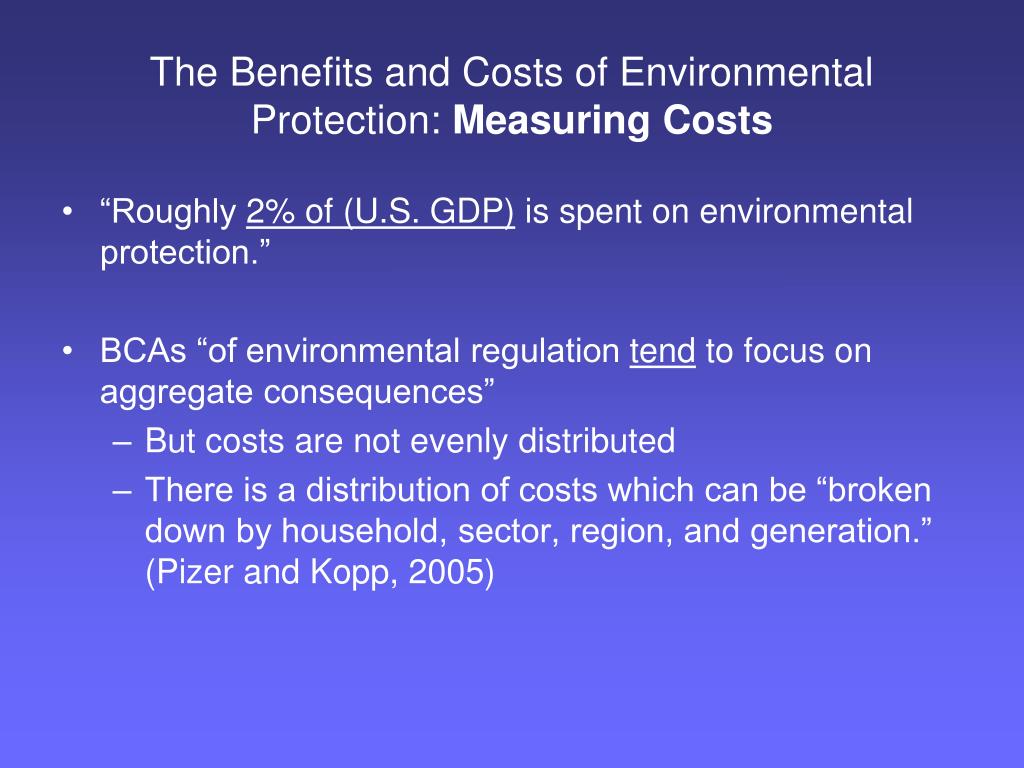
Preserving the Environment: A Sustainable Benefit
Environmental preservation is crucial for the well-being of our planet and future generations. Discover the myriad benefits of actively engaging in practices that protect and sustain the environment.
The Essence of Environmental Preservation
At its core, environmental preservation involves conscious efforts to protect and conserve natural resources, biodiversity, and ecosystems. This approach recognizes the delicate balance between human activities and the Earth’s capacity to sustain life. Embracing environmental preservation means adopting practices that minimize ecological impact and contribute to a healthier planet.
Sustainable Resource Management
One of the key benefits of environmental preservation is the sustainable management of natural resources. By using resources responsibly and avoiding overexploitation, we ensure that these resources remain available for future generations. Sustainable resource management includes practices such as reforestation, water conservation, and responsible fishing to maintain the ecological balance.
Biodiversity Conservation: Protecting Ecosystems
Environmental preservation plays a vital role in conserving biodiversity. Protecting diverse ecosystems ensures the survival of various plant and animal species. Biodiversity contributes to ecosystem resilience, providing essential services such as pollination, water purification, and climate regulation. Preserving natural habitats is a proactive measure to safeguard the intricate web of life on Earth.
Mitigating Climate Change Impact
Active participation in environmental preservation helps mitigate the impact of climate change. Sustainable practices, such as reducing carbon emissions, transitioning to renewable energy sources, and promoting afforestation, contribute to a healthier atmosphere. These efforts play a crucial role in stabilizing the climate and minimizing the adverse effects of global warming.
Cleaner Air and Water Quality
Environmental preservation efforts directly result in cleaner air and water. By reducing pollution and promoting sustainable practices, we protect air and water quality. Planting trees, adopting eco-friendly technologies, and minimizing industrial pollutants contribute to creating a healthier environment for all living beings.
Preserving Natural Beauty and Aesthetic Values
Beyond the tangible benefits, environmental preservation helps maintain the natural beauty of landscapes and ecosystems. Conserving scenic areas, protecting wilderness, and minimizing urban sprawl contribute to the aesthetic values of our surroundings. Preserving these natural wonders ensures that future generations can experience the awe-inspiring beauty of our planet.
Cultural and Recreational Opportunities
Many cultural and recreational activities are closely tied to the environment. Preserving natural areas allows communities to enjoy outdoor recreational activities, connect with nature, and celebrate cultural traditions. From hiking and birdwatching to cultural festivals held in natural settings, environmental preservation enhances the quality of life for individuals and communities.
Economic Sustainability and Green Jobs
Environmental preservation is closely linked to economic sustainability. Investing in green technologies, renewable energy, and sustainable practices creates a foundation for long-term economic stability. Additionally, the shift towards environmental consciousness generates green jobs, fostering employment opportunities in sectors focused on sustainability and conservation.
Global Collaboration for Environmental Goals
Addressing environmental challenges requires global collaboration. Participating in environmental preservation initiatives fosters international cooperation for shared goals. Nations, communities, and individuals working together can implement effective strategies to tackle issues such as deforestation, pollution, and the loss of biodiversity on a global scale.
Environmental Preservation Benefit: Taking Action Today
To actively contribute to environmental preservation, explore initiatives, and gain valuable insights, visit Environmental Preservation Benefit. This resource offers guidance on sustainable living, eco-friendly practices, and ways to make a positive impact on the environment. By taking action today, we can collectively ensure a sustainable and vibrant future for our planet.
Renewable Gains: Harnessing the Power of Sustainable Sources
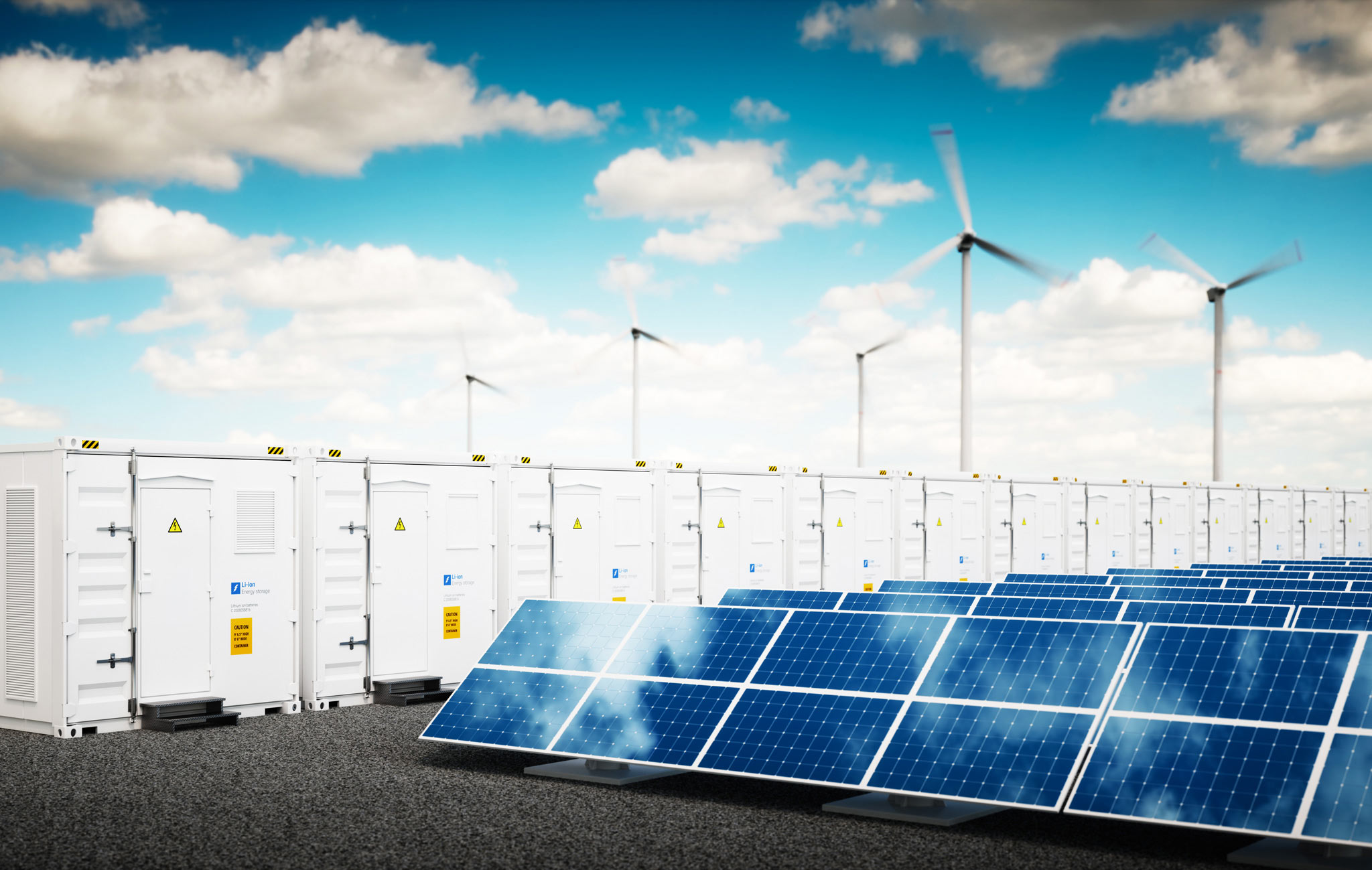
Unlocking Sustainable Power: The Benefits of Renewable Sources
Renewable Benefit Source explores the advantages of harnessing sustainable energy to create a greener and more resilient future. Discover how embracing renewable sources can lead to environmental, economic, and societal gains.
Environmental Advantages of Renewable Energy
Renewable energy sources, such as solar, wind, and hydropower, offer substantial environmental benefits. Unlike fossil fuels, these sources produce minimal or no greenhouse gas emissions during power generation, contributing to reduced air pollution and mitigating climate change. Choosing renewable energy is a proactive step toward preserving ecosystems and fostering a healthier planet.
Economic Opportunities in the Renewable Sector
The renewable energy sector presents significant economic opportunities. As technology advances and adoption increases, the renewable industry generates jobs, stimulates economic growth, and attracts investment. From manufacturing and installation to research and development, the renewable sector contributes to a diversified and resilient economy.
Energy Independence through Renewables
One of the key advantages of renewable sources is the potential for energy independence. Unlike finite fossil fuels, renewable sources are abundant and accessible, offering nations the chance to reduce dependence on imported energy. This independence enhances energy security, mitigates geopolitical risks, and strengthens the resilience of national energy infrastructures.
Mitigating Climate Change Impact
The use of renewable energy plays a crucial role in mitigating the impacts of climate change. By transitioning away from fossil fuels, societies reduce the emission of greenhouse gases responsible for global warming. This shift is imperative for achieving climate goals outlined in international agreements, contributing to a sustainable and climate-resilient future.
Promoting Technological Innovation
Investing in renewable energy drives technological innovation. Ongoing research and development lead to advancements in energy storage, grid integration, and efficiency, making renewable sources more reliable and cost-effective. This innovation not only enhances the performance of renewable systems but also creates a ripple effect across various industries.
Resilience in the Face of Energy Challenges
Renewable energy systems contribute to the resilience of energy grids. Distributed renewable sources, such as solar panels on rooftops, empower communities to generate their own power. This decentralized approach reduces vulnerability to centralized failures, enhances grid reliability, and ensures a more resilient energy supply during disruptions.
Addressing Energy Poverty
Renewable energy has the potential to address energy poverty by providing access to electricity in remote and underserved regions. Off-grid renewable solutions, like solar-powered microgrids, offer a sustainable and affordable way to bring electricity to areas without access to conventional power sources. This contributes to improved living conditions and economic opportunities.
Social Benefits of Renewable Energy Adoption
The adoption of renewable energy brings social benefits, including improved air quality and public health. Reducing reliance on fossil fuels decreases air pollution, leading to cleaner and healthier environments. Additionally, community-led renewable projects foster a sense of ownership and empowerment, creating positive social impacts and strengthening community ties.
Educational Initiatives for Sustainable Awareness
Educational initiatives play a vital role in promoting awareness and understanding of renewable energy benefits. By integrating renewable energy education into school curricula and community programs, societies can empower individuals to make informed choices, driving widespread adoption of sustainable practices.
Renewable Benefit Source: Shaping a Sustainable Tomorrow
In conclusion, Renewable Benefit Source illuminates the multifaceted advantages of embracing renewable energy. From environmental stewardship and economic growth to energy independence and social well-being, the benefits are far-reaching. Explore more about the Renewable Benefit Source at SolarHelp.info for a comprehensive guide on unlocking the potential of renewable energy for a sustainable tomorrow.
Green Gains: Embracing the Reduced Emissions Benefit
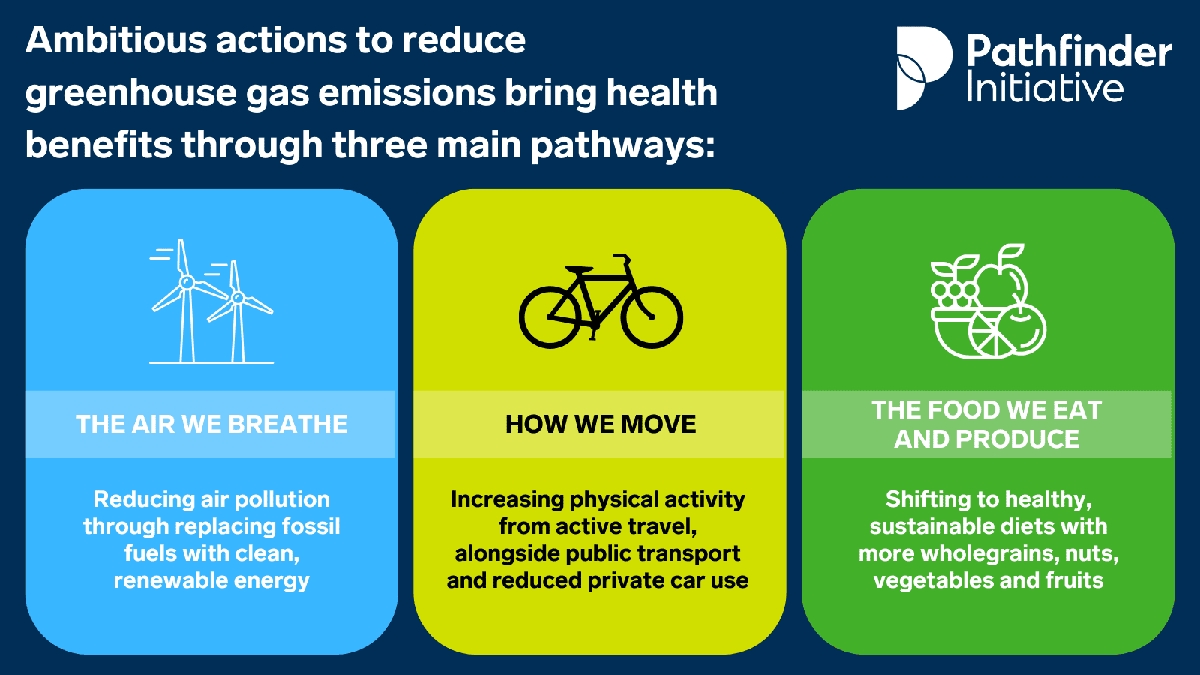
Green Gains: Embracing the Reduced Emissions Benefit
Reducing emissions is a crucial aspect of mitigating climate change and creating a sustainable future. This article explores the significant benefits of embracing measures that lead to reduced emissions, from environmental impact to economic advantages.
Understanding the Importance of Emission Reduction
Emissions, particularly greenhouse gases, contribute to global warming and climate change. Understanding the importance of emission reduction is paramount in addressing these environmental challenges. By reducing emissions, we contribute to the preservation of ecosystems, biodiversity, and overall planetary health.
Environmental Impact of Reduced Emissions
The primary environmental benefit of reduced emissions is a positive impact on air and water quality. Decreasing the release of pollutants leads to cleaner air and water, benefiting both human health and the health of ecosystems. Reduced emissions also contribute to the protection of vulnerable species and habitats.
Mitigating Climate Change through Emission Reduction
Reducing greenhouse gas emissions plays a pivotal role in mitigating climate change. Greenhouse gases trap heat in the atmosphere, leading to a warming planet. By curbing these emissions, we slow down the pace of climate change, helping to stabilize temperatures and mitigate the associated environmental and societal impacts.
Promoting Sustainable Transportation Practices
A significant source of emissions comes from the transportation sector. Embracing sustainable transportation practices, such as electric vehicles, public transit, and cycling, contributes to reduced emissions. This shift not only lowers the carbon footprint but also fosters cleaner and more efficient urban environments.
The Role of Renewable Energy in Emission Reduction
Transitioning to renewable energy sources, such as solar and wind power, is a key strategy for emission reduction. Unlike fossil fuels, renewable energy generates electricity without emitting harmful pollutants. Embracing these clean energy sources helps decarbonize the energy sector, a critical step in achieving reduced emissions.
Economic Benefits of Reduced Emissions
Beyond environmental advantages, there are significant economic benefits to embracing reduced emissions. Investing in energy-efficient technologies and renewable energy creates jobs and stimulates economic growth. Additionally, the healthcare cost savings associated with improved air quality contribute to overall economic well-being.
International Cooperation for Global Emission Reduction
Reducing emissions is a global endeavor that requires international cooperation. Agreements and collaborations between countries are crucial for addressing emissions on a scale that transcends national boundaries. Shared knowledge and resources contribute to more effective strategies for global emission reduction.
The Role of Individuals in Emission Reduction
While international cooperation is vital, individual actions also play a crucial role in emission reduction. Adopting sustainable practices in daily life, such as reducing energy consumption, conserving water, and supporting eco-friendly products, collectively contributes to a significant reduction in emissions.
Educational Initiatives for Emission Awareness
Educational initiatives are essential for fostering awareness about emissions and their impact. Promoting understanding and encouraging sustainable practices through schools, community programs, and online platforms empower individuals to make informed choices that contribute to emission reduction.
Reduced Emissions Benefit: A Link to a Sustainable Future
Ready to make a positive impact on the environment and contribute to a sustainable future? Explore the benefits of reduced emissions at Reduced Emissions Benefit. Discover practical tips and information on how you can play a part in reducing emissions and creating a greener planet.
In conclusion, embracing the benefits of reduced emissions is not just an environmental responsibility but a pathway to a more sustainable and resilient future. From mitigating climate change and improving air quality to stimulating economic growth, the advantages of reducing emissions are multifaceted. By collectively adopting eco-friendly practices and supporting emission reduction initiatives, we can create lasting positive change for the planet.
Sustainably Thriving: The Sustainable Development Advantage
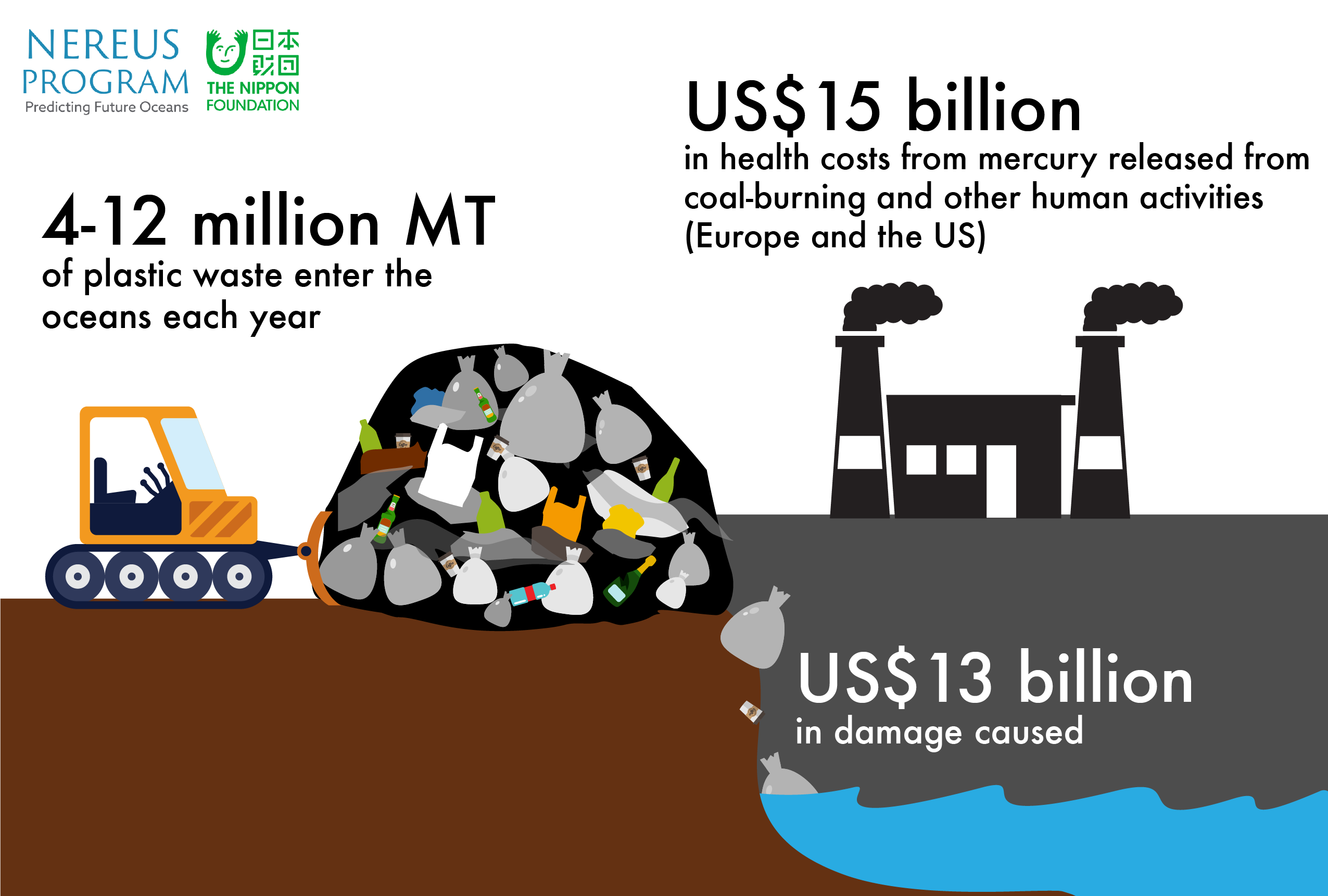
Sustainably Thriving: Unveiling the Sustainable Development Advantage
Sustainable development has emerged as a guiding principle for creating a balance between societal progress, economic growth, and environmental preservation. This article explores the Sustainable Development Benefit, delving into how embracing sustainability can lead to a more inclusive, resilient, and environmentally responsible future.
1. The Holistic Vision of Sustainable Development
At its core, sustainable development is a holistic vision that seeks to meet the needs of the present without compromising the ability of future generations to meet their own needs. It encompasses economic, social, and environmental dimensions, recognizing the interconnectedness of these aspects in fostering long-term well-being.
2. Economic Prosperity with Environmental Responsibility
One of the key advantages of sustainable development is the harmonious integration of economic prosperity and environmental responsibility. By adopting practices that reduce environmental impact, businesses contribute to the preservation of ecosystems and biodiversity while also ensuring the longevity and stability of their economic activities.
Sustainable Development Benefit: Explore how sustainable practices can lead to inclusive development at Sustainable Development Benefit. Learn more about the positive impacts on society, the economy, and the environment.
3. Social Equity and Inclusion: Building Resilient Communities
Sustainable development emphasizes social equity and inclusion, seeking to eradicate poverty, reduce inequalities, and promote access to education, healthcare, and opportunities for all. By fostering resilient communities, sustainable development works towards creating a more just and equitable society where everyone has the chance to thrive.
4. Environmental Conservation: Preserving Natural Resources
A cornerstone of sustainable development is the conservation of natural resources. By implementing eco-friendly practices and renewable energy sources like solar power, communities contribute to the preservation of ecosystems, reduce pollution, and promote the sustainable use of resources, safeguarding the planet for future generations.
5. Climate Change Mitigation and Adaptation
Sustainable development actively addresses the challenges of climate change by both mitigating its causes and adapting to its impacts. By transitioning to clean energy sources, implementing green infrastructure, and adopting climate-resilient practices, societies contribute to global efforts to limit temperature rise and build resilience against climate-related challenges.
6. Circular Economy: Minimizing Waste and Maximizing Resources
The concept of a circular economy is integral to sustainable development. It promotes minimizing waste and maximizing the use of resources through practices such as recycling, reusing, and upcycling. This approach reduces the environmental footprint of production and consumption, creating a more sustainable and efficient economic model.
7. Government Policies and Global Collaboration
Sustainable development benefits from the formulation of government policies that prioritize environmental conservation, social welfare, and economic stability. Additionally, global collaboration is crucial, as interconnected challenges like climate change and biodiversity loss require collective efforts and shared responsibility to achieve meaningful and lasting results.
Conclusion: Shaping a Better Future through Sustainability
In conclusion, the Sustainable Development Benefit goes beyond a mere concept; it is a roadmap for shaping a better future. By embracing sustainable practices that balance economic growth, social inclusion, and environmental stewardship, societies can foster a world where prosperity is shared, ecosystems are preserved, and future generations inherit a planet that is thriving and resilient. As individuals, communities, and nations continue to prioritize sustainable development, the path to a more sustainable, equitable, and harmonious future becomes clearer and more achievable.

